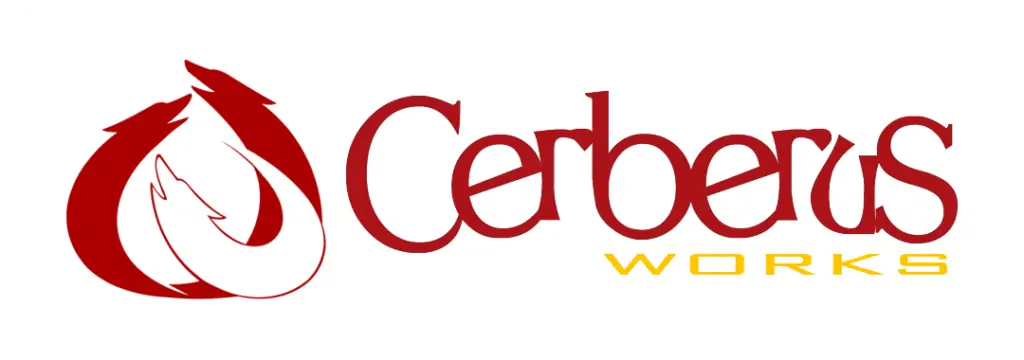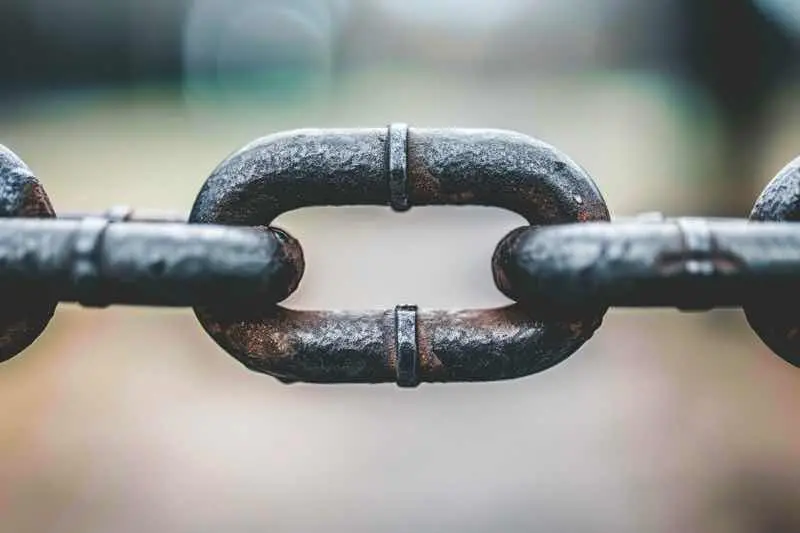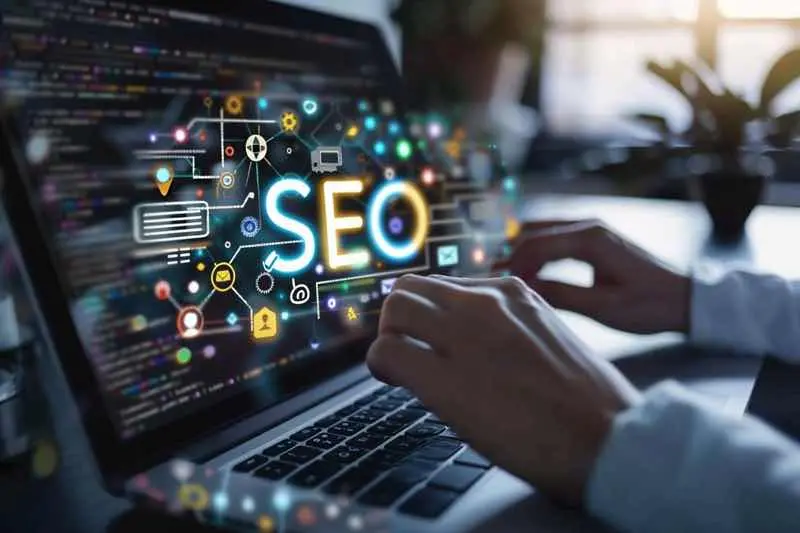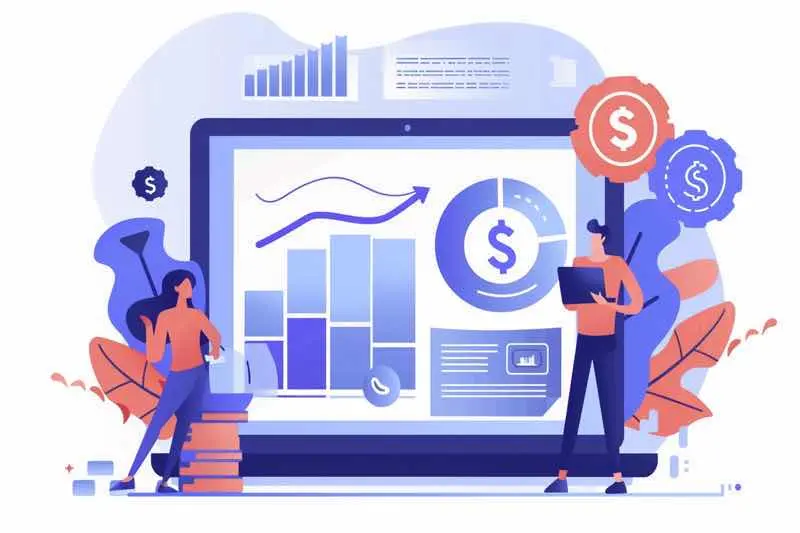Running a Shopify store is just the beginning. The real challenge is turning visitors into customers. That’s where understanding the sales funnel comes in. This guide will help you learn about the Shopify sales funnel, why it’s important, and how to build and optimize it for better sales.
Daftar Isi
BeralihHal-hal Penting yang Dapat Dipetik
- A sales funnel is a step-by-step process that guides visitors to make a purchase.
- Having a well-designed sales funnel can significantly increase your Shopify store’s revenue.
- There are common myths about sales funnels that can mislead store owners.
- Optimizing your funnel involves analyzing data, testing, and using customer feedback.
- Upselling and cross-selling are powerful techniques to boost sales within your funnel.
Decoding the Sales Funnel for Shopify
What is a Sales Funnel?
A sales funnel is a journey that guides potential customers from their first interaction with your store to the final purchase. Think of it as a roadmap that helps you understand and optimize each step of the buying process. It’s crucial to know each stage to effectively turn visitors into paying customers.
Why Your Shopify Store Needs a Sales Funnel
Your Shopify store needs a sales funnel to streamline the customer journey and boost conversions. Without a well-structured funnel, you might lose potential customers at various stages. Here are some reasons why a sales funnel is essential:
- Helps in identifying where customers drop off
- Provides insights into customer behavior
- Allows for targeted marketing strategies
- Enhances overall customer experience
Common Misconceptions About Sales Funnels
Many believe that a sales funnel is a one-size-fits-all solution, but that’s far from the truth. Each store has unique needs and requires a customized approach. Another common myth is that once a funnel is set up, it doesn’t need further tweaking. In reality, continuous optimization is key to success. Understanding these misconceptions can save you from common pitfalls and help you build a more effective funnel.
A well-optimized sales funnel is not just a structure; it’s a dynamic pathway that demands careful attention, strategic thinking, and adaptability.
Crafting the Perfect Shopify Sales Funnel

Creating a Shopify sales funnel that truly works involves understanding and implementing several key elements. By masterfully incorporating these components, you can build a Shopify sales funnel that drives sales, fosters long-term customer relationships, and keeps your customers coming back for more.
Essential Elements of a Shopify Sales Funnel
To craft the perfect sales funnel, you need to focus on a few essential elements:
- Awareness Stage: This is where potential customers first learn about your store. Use social media, SEO, and content marketing to attract visitors.
- Consideration Stage: Here, you provide more information about your products. Use email marketing, retargeting ads, and detailed product pages.
- Decision Stage: This is the final step where the customer decides to make a purchase. Offer discounts, free shipping, and easy checkout processes.
Step-by-Step Guide to Building Your Funnel
- Identifikasi Target Audiens Anda: Know who your customers are and what they need.
- Create Engaging Content: Develop blog posts, videos, and social media content that attracts and informs your audience.
- Set Up Email Campaigns: Use email marketing to nurture leads and guide them through the funnel.
- Optimize Your Product Pages: Ensure your product pages are informative and persuasive.
- Implement Retargeting Ads: Use ads to bring back visitors who didn’t make a purchase.
- Analyze and Adjust: Continuously monitor your funnel’s performance and make necessary adjustments.
Tools to Enhance Your Shopify Funnel
Several tools can help you optimize your Shopify sales funnel:
- GemPages: This tool allows you to create custom landing pages that can significantly improve your conversion rates.
- Klaviyo: A powerful email marketing tool that helps you segment your audience and send targeted campaigns.
- Google Analytics: Use this to track your funnel’s performance and identify areas for improvement.
Building a high-converting cart funnel is another key to unlocking your Shopify store’s potential. By creating an effective sales page, leveraging upsell and cross-sell pages, and crafting a thank-you page that encourages repeat purchases, you can maximize profits and enhance customer satisfaction.
Optimizing Your Shopify Funnel for Maximum Conversions

Optimizing your Shopify funnel is like tuning a musical instrument; it requires precision and continuous effort. A well-optimized funnel can transform casual visitors into loyal customers. Let’s dive into the key strategies to make your funnel sing.
Analyzing Funnel Performance
To start, you need to understand how your funnel is performing. This involves tracking metrics like conversion rates, bounce rates, and average order value. Use tools like Google Analytics or Shopify’s built-in analytics to gather this data. Here’s a quick guide to crafting effective landing pages:
- Compelling headlines
- Pengoptimalan seluler
- Key elements for conversions
- Continuous testing
- Clear goals
A/B Testing Strategies
A/B testing is your best friend when it comes to optimization. By testing different versions of your pages, you can see what works best. Focus on elements like headlines, images, and call-to-action buttons. Remember, the importance of headlines in grabbing attention cannot be overstated.
Leveraging Customer Feedback
Customer feedback is a goldmine for insights. Use surveys, reviews, and direct feedback to understand what your customers love and what they don’t. This will help you make informed decisions and boost your online sales. Personalized experiences and mobile optimization are key here.
Continual optimization and testing are the secret sauce to a high-converting Shopify funnel. Keep tweaking and refining to stay ahead of the competition.
The Art of Upselling and Cross-Selling in Shopify

Upselling and cross-selling are powerful techniques to boost your Shopify store’s revenue. By strategically offering customers additional products or upgrades, you can significantly increase your average order value and customer lifetime value. Let’s dive into the essentials of mastering these techniques.
Understanding Upselling and Cross-Selling
Upselling involves encouraging customers to purchase a higher-end product than the one they originally intended to buy. Cross-selling, on the other hand, suggests complementary products that enhance the customer’s initial purchase. Both strategies aim to provide additional value to the customer while increasing your sales.
Effective Upsell and Cross-Sell Techniques
- Identify Suitable Offers: Determine which products or services in your Shopify store are suitable for upselling or cross-selling. Look for complementary or higher-priced items that are relevant to the customer’s original purchase.
- Design Engaging Offer Pages: Create persuasive and visually appealing offer pages that highlight the benefits of the upsell or cross-sell products.
- Use AI-Powered Tools: Utilize apps like Honeycomb Upsell & Cross Sell to feature high-converting offers on your product, cart, and thank-you pages. These tools can automate the process and ensure the best offers match the right products.
- Bundle Products: Packaging related products together can encourage customers to buy the bundle, increasing your sales.
Tools to Implement Upselling in Shopify
Several tools can help you implement upselling and cross-selling strategies effectively:
- Honeycomb Upsell & Cross Sell: This app helps boost your store’s average order value by featuring high-converting offers on various pages.
- Bold Upsell: Allows you to create custom upsell and cross-sell offers that appear at the right moment in the customer journey.
- ReConvert: A post-purchase upsell app that helps you make additional offers on the thank-you page.
Embrace the power of upselling and cross-selling to unlock the full potential of your Shopify store. With the right approach, you can drive sustainable revenue growth and outshine your competition.
By mastering these techniques, you can take your online business to new heights. Remember, the key is to offer relevant deals that match your customers’ needs and interests, presenting additional value compared to their initial purchase.
Retaining Customers Post-Purchase

Importance of Customer Retention
Customer retention is the secret sauce to a thriving Shopify store. Studies show that you’re up to 70% more likely to sell to an existing customer than to a new one. Keeping customers happy post-purchase can turn one-time buyers into loyal fans. This means more repeat sales and a higher lifetime value for each customer.
Strategies for Post-Purchase Engagement
- Send Thank You Emails: Write a simple, heartfelt email from your personal account to say thanks, and explain why you’re thanking them. This small gesture can make a big difference.
- Offer Exclusive Deals: Give your customers a reason to come back by offering special discounts or early access to new products.
- Provide Post-Purchase Support: Make sure your customers know you’re there for them even after the sale. Offer help, answer questions, and solve any issues they might have.
- Encourage Customer Feedback: Ask for reviews and feedback to show that you value their opinion. This can also help you improve your products and services.
Measuring Retention Success
To know if your retention strategies are working, you need to track some key metrics:
| Metric | Deskripsi |
|---|---|
| Repeat Purchase Rate | The percentage of customers who make more than one purchase. |
| Nilai Seumur Hidup Pelanggan (CLV) | The total revenue you can expect from a customer over their lifetime. |
| Net Promoter Score (NPS) | A measure of how likely customers are to recommend your store to others. |
Building long-term relationships is key to customer retention. Keep engaging with your customers and make them feel valued.
By focusing on these strategies, you can create a loyal customer base that keeps coming back for more.
Avoiding Common Pitfalls in Shopify Sales Funnels
Identifying Funnel Bottlenecks
Your Shopify marketing sales funnel is not just a structure; it’s a dynamic pathway that demands careful attention, strategic thinking, and adaptability. As we’ve explored in this comprehensive guide, the journey doesn’t end at the sale; it extends into nurturing relationships and sustaining engagement over time.
Mistakes to Avoid
IDENTIFY AND FIX CRACKS IN YOUR SHOPIFY SALES FUNNEL
Shopify Marketing Sales Funnel
In the intricate world of Shopify marketing, your sales funnel is the lifeline of your e-commerce venture. However, like any system, it may develop cracks that hinder its optimal performance. In this chapter, we’ll explore how to identify and mend these cracks to ensure a seamless journey for your potential customers.
THE DETECTIVE’S GUIDE TO YOUR SALES FUNNEL:
- ANALYZING DROP-OFF POINTS:
Continuous Improvement Tips
In essence, the Shopify Marketing Sales Funnel is not just a tool; it’s a strategic ally in your pursuit of e-commerce success. In the upcoming chapters, we’ll explore how to fine-tune your funnel, address potential challenges, and harness its full potential to elevate your Shopify store.
IDENTIFY AND FIX CRACKS IN YOUR SHOPIFY SALES FUNNEL
Shopify Marketing Sales Funnel
Navigating Shopify sales funnels can be tricky, but avoiding common mistakes can make a big difference. Whether you’re new to e-commerce or looking to improve your existing store, understanding these pitfalls is key. For more tips and personalized advice, kunjungi situs web kami dan mari kita raih kesuksesan yang luar biasa bersama!
Kesimpulan
Mastering the sales funnel for your Shopify store is like learning to ride a bike – it takes practice, patience, and a few scraped knees along the way. But once you get the hang of it, the rewards are well worth the effort. By understanding each stage of the funnel and using the right tools and strategies, you can turn casual browsers into loyal customers. Remember, the journey doesn’t stop at the sale; it’s about building lasting relationships and keeping your customers coming back for more. So, keep tweaking, testing, and optimizing your funnel, and watch your Shopify store thrive.
Pertanyaan yang Sering Diajukan
What is a sales funnel?
A sales funnel is a step-by-step process that guides potential customers from discovering your store to making a purchase.
Why do I need a sales funnel for my Shopify store?
A sales funnel helps you attract, engage, and convert visitors into customers, boosting your sales and revenue.
What are some common misunderstandings about sales funnels?
Many think sales funnels are complicated or only for big businesses, but they are simple and beneficial for stores of all sizes.
What are the key parts of a Shopify sales funnel?
The main parts include attracting visitors, engaging them with content, converting them into buyers, and retaining them as loyal customers.
How can I improve my Shopify sales funnel?
You can improve it by analyzing performance, testing different strategies, and gathering customer feedback to make necessary adjustments.
What tools can help me set up a sales funnel on Shopify?
There are various tools like email marketing software, analytics tools, and apps specifically designed to optimize sales funnels on Shopify.








































































































